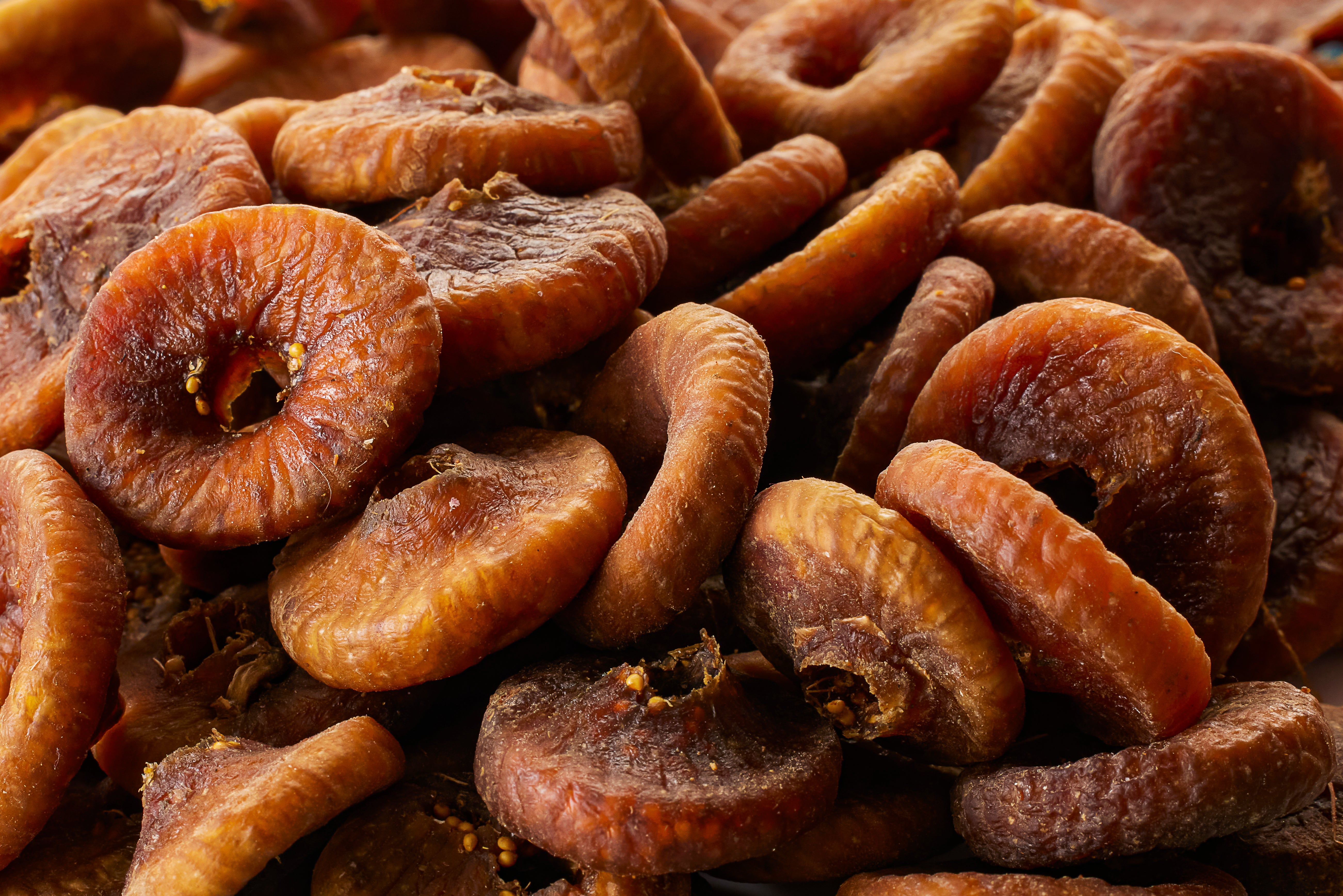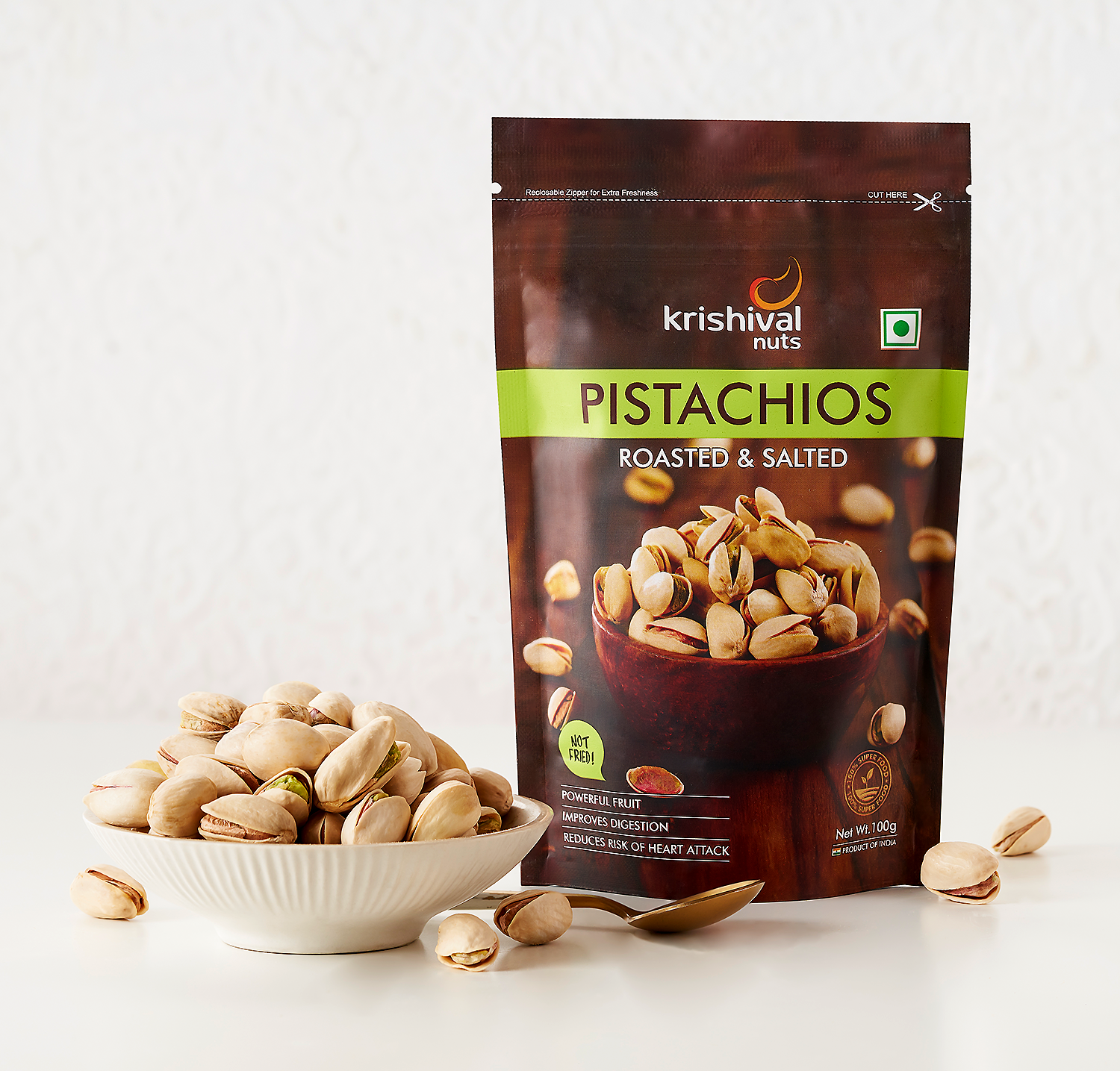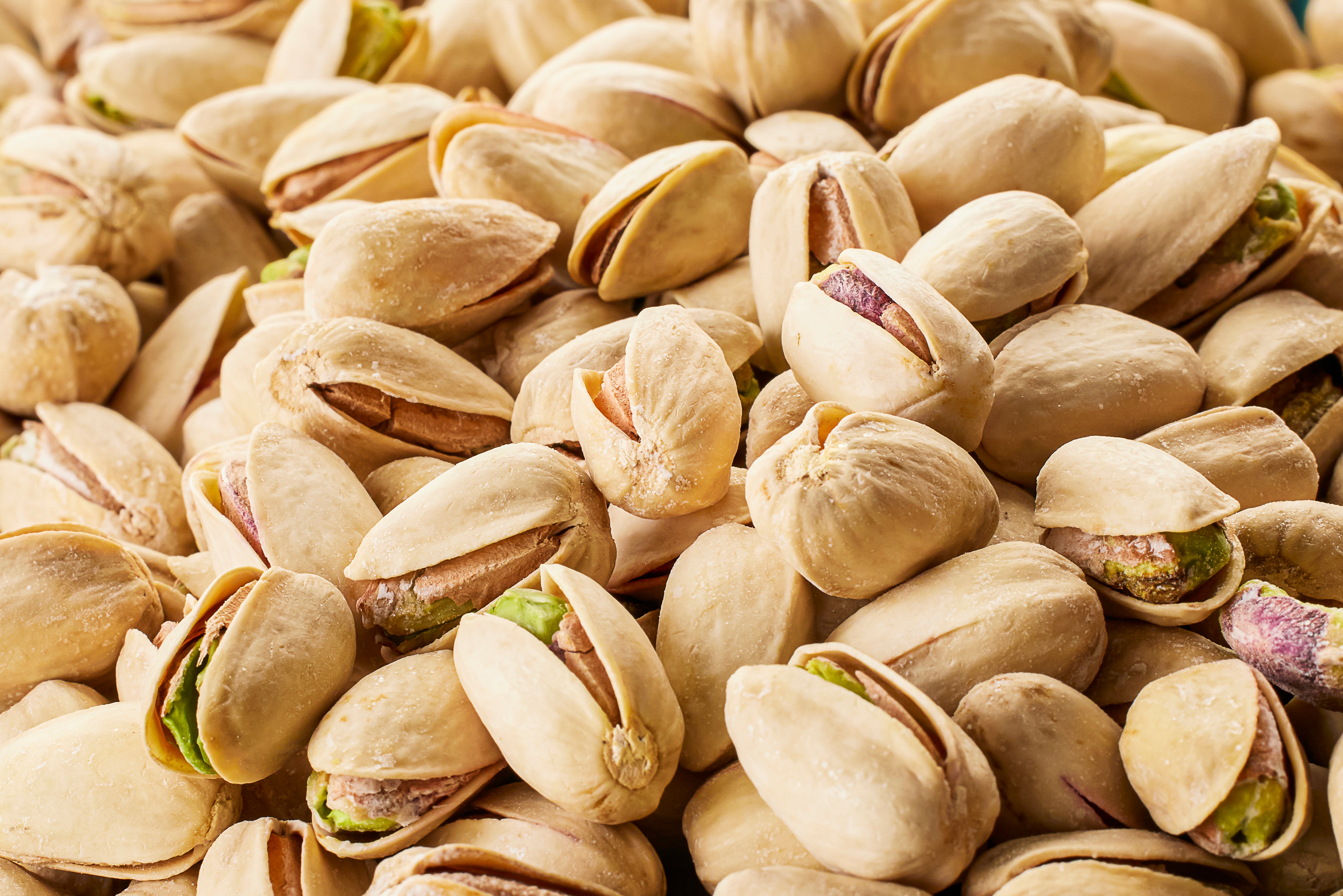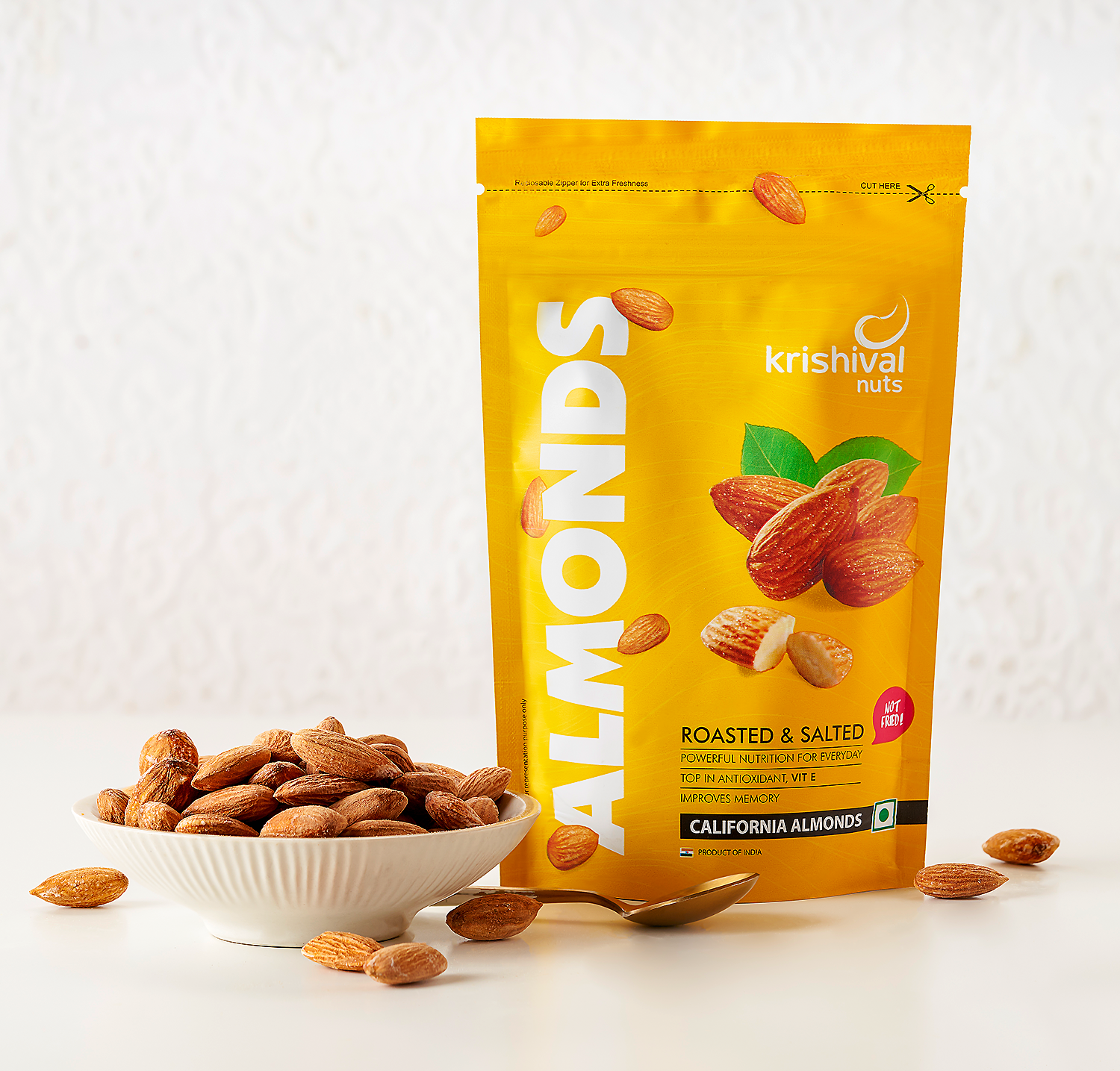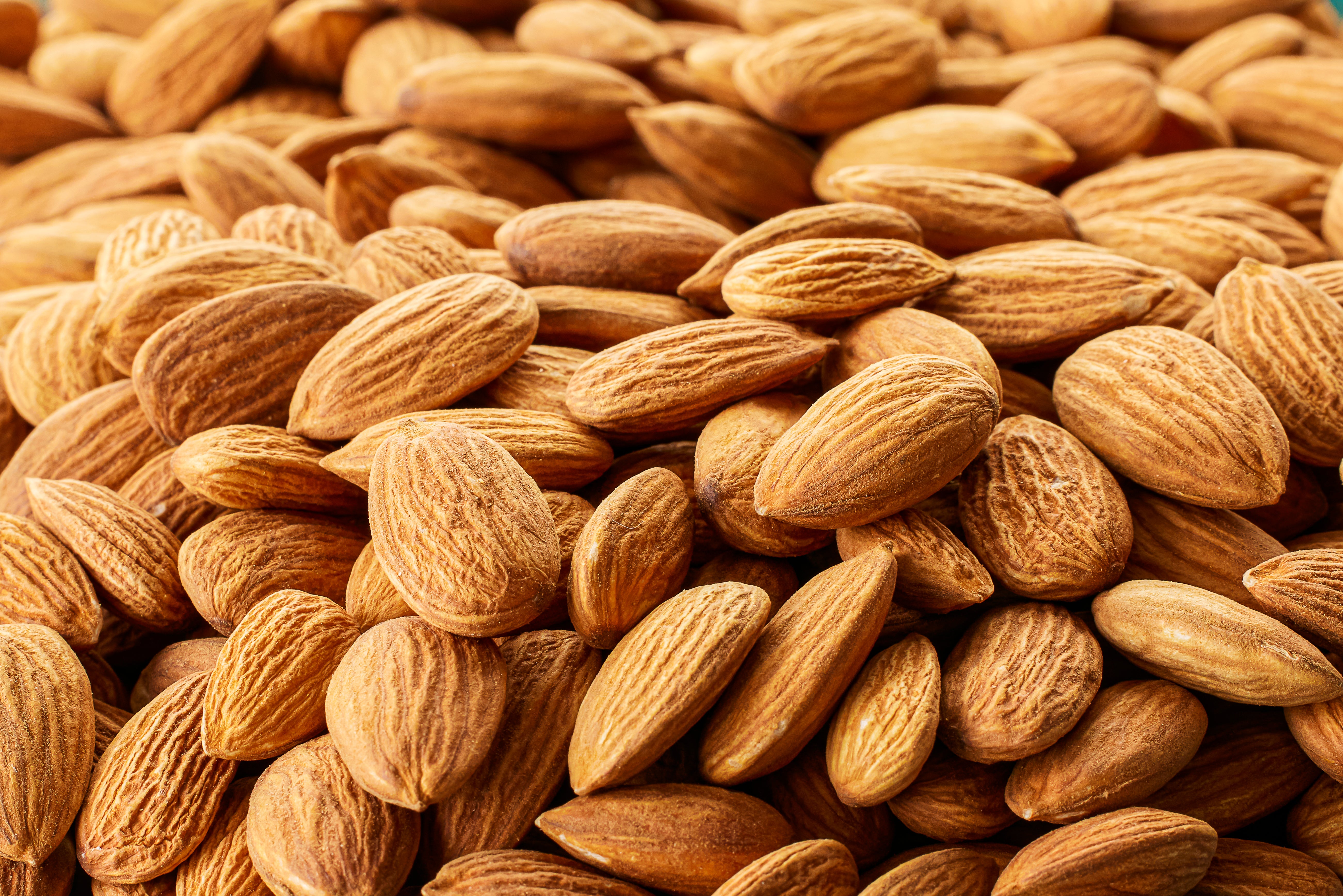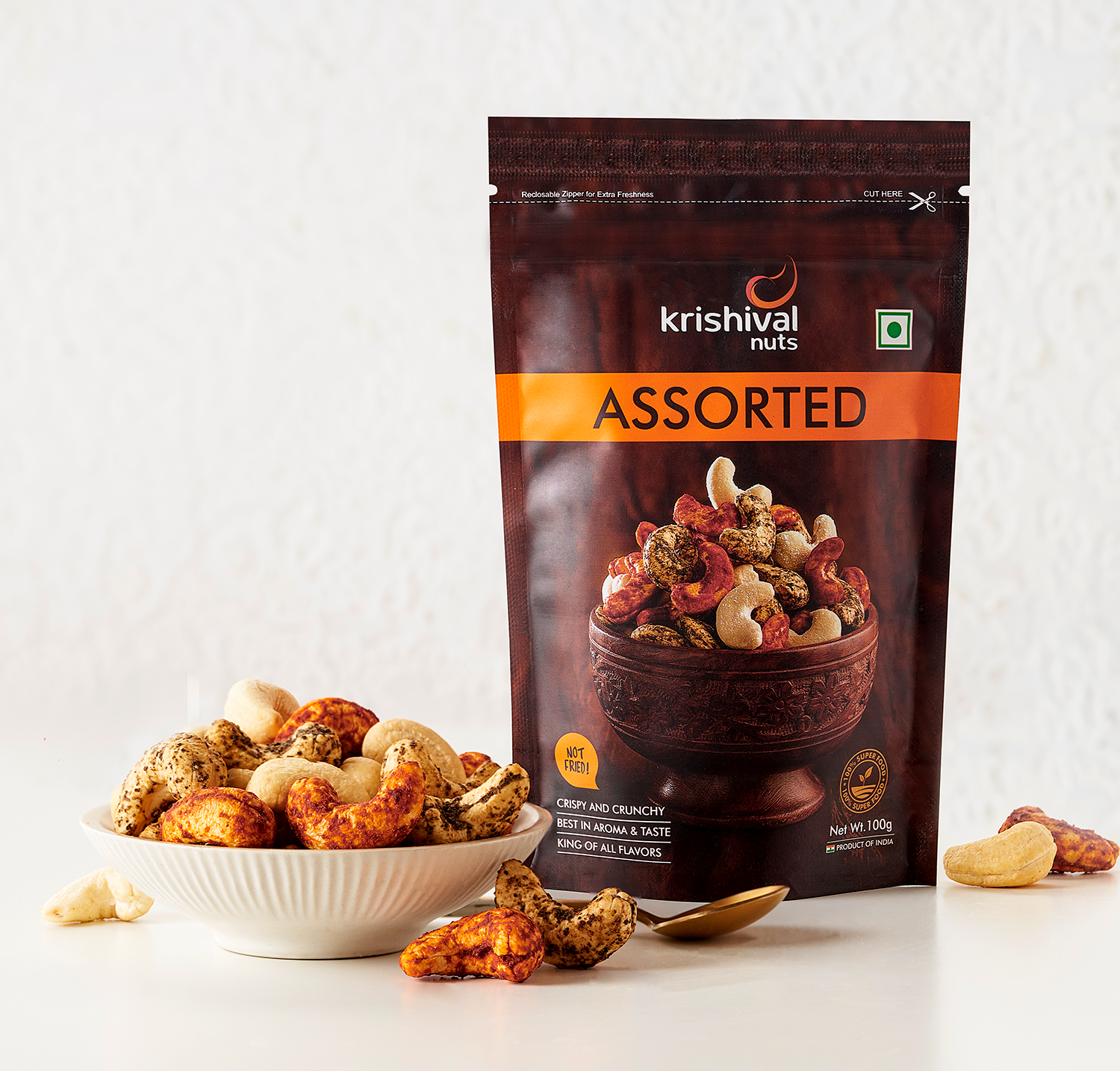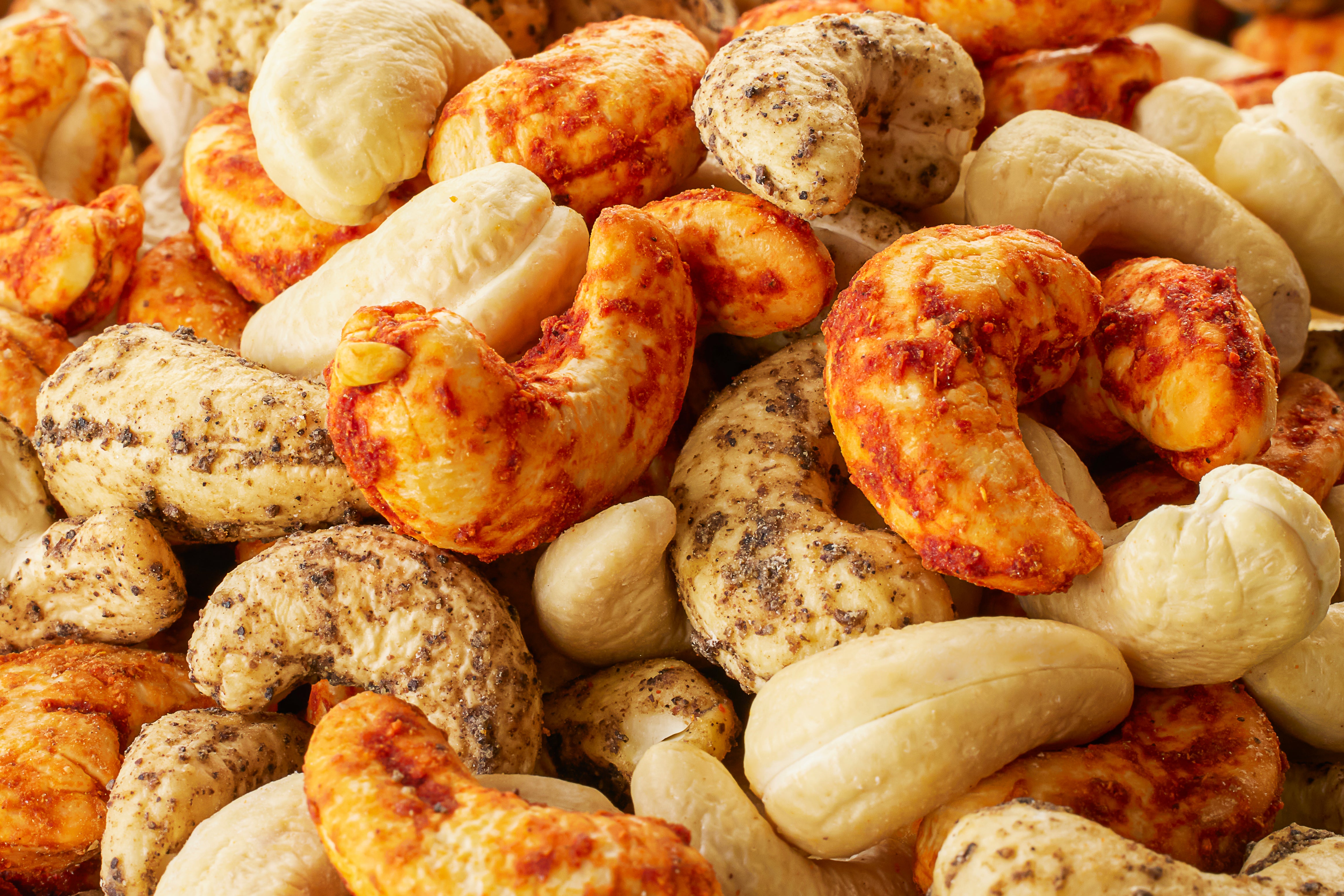Walnuts and pistachios are nutritious nuts known for their health benefits, especially in supporting weight management. Walnuts are rich in omega-3 fatty acids, which help reduce inflammation and improve metabolism. Pistachios are high in protein and fiber, helping you feel full longer and control hunger. Both nuts provide healthy fats, vitamins, and minerals that nourish the body without adding empty calories. Eating walnuts and pistachios regularly can help boost your metabolism, manage appetite, and support overall health. Including these nuts in your diet is a simple and tasty way to aid your weight management goals.
Table of Contents
Introduction
Nutritional Overview of Walnuts and Pistachios
How Walnuts and Pistachios Aid Weight Management
Comparing Walnuts and Pistachios to Other Nuts
Scientific Evidence Supporting Weight Management Benefits
Practical Ways to Include Walnuts and Pistachios in Your Diet
Potential Drawbacks and Considerations
Tips for Maximizing Weight Management with Nuts
Conclusion
Frequently Asked Questions (FAQs)
Nutritional Profiles of Walnuts and Pistachios
Both walnuts and pistachios are nutrient-rich nuts, but they differ slightly in their composition, offering complementary health benefits.
Walnuts are particularly known for their high content of omega-3 fatty acids, especially alpha-linolenic acid (ALA), which supports heart health and inflammation control. A one-ounce (28 grams) serving of walnuts typically contains:
- Calories: Approximately 185
- Protein: 4.3 grams
- Total fat: 18.5 grams (with a significant portion as polyunsaturated fats, including omega-3s)
- Carbohydrates: 3.9 grams
- Fiber: 1.9 grams
- Vitamins and Minerals: Good amounts of magnesium, phosphorus, copper, and manganese
The healthy fats and antioxidants in walnuts contribute to improved metabolic health and may play a role in regulating appetite hormones.
Pistachios are slightly lower in calories and fatcompared to walnuts but pack a notable punch of protein and fiber, making them an excellent choice for promoting fullness. A one-ounce (28 grams) serving of pistachios generally includes:
- Calories: Around 160
- Protein: 6 grams
- Total fat: 13 grams (mostly monounsaturated and polyunsaturated fats)
- Carbohydrates: 8 grams
- Fiber: 3 grams
- Vitamins and Minerals: Rich in vitamin B6, potassium, copper, and manganese
Pistachios also contain powerful antioxidants and phytochemicals that support metabolic health. Their higher fiber and protein content compared to many other nuts make them especially beneficial for weight management by enhancing satiety and reducing overall calorie intake.
Together, walnuts and pistachios provide a balance of essential nutrients that not only nourish the body but also support healthy weight control through improved metabolism,
How Walnuts and Pistachios Aid Weight Management
Walnuts and pistachios support weight management through several mechanisms. Both nuts are rich in healthy fats, protein, and fiber, which together promote feelings of fullness and reduce overall calorie intake. The protein content helps preserve lean muscle mass, essential for maintaining a healthy metabolism during weight loss. Their fiber slows digestion, stabilizes blood sugar levels, and curbs hunger pangs. Additionally, the fats in walnuts and pistachios are primarily unsaturated fats, which have been linked to improved metabolic health and reduced inflammation. Pistachios, in particular, are lower in calories compared to many other nuts and have a unique ability to promote fat oxidation, helping the body burn fat more efficiently. The act of shelling pistachios also encourages mindful eating and portion control, which can reduce overeating. Together, these factors make walnuts and pistachios excellent allies in a balanced weight management plan.
Comparing Walnuts and Pistachios to Other Nuts
When compared to other popular nuts such as almonds, cashews, and pecans, walnuts and pistachios stand out for their distinct nutritional profiles and weight management benefits. Walnuts are especially high in omega-3 fatty acids, which support heart health and have anti-inflammatory properties. Pistachios, meanwhile, offer a lower calorie count per serving and a higher protein-to-fat ratio than many nuts, making them particularly appealing for calorie-conscious individuals. Unlike some nuts that are denser in calories and fats, pistachios encourage slower consumption due to the shelling process, which can aid in portion control. Almonds, though rich in fiber and vitamin E, tend to be higher in calories, and cashews have a higher carbohydrate content. Walnuts and pistachios together provide a complementary blend of nutrients and satiation benefits that can be more effective for weight management than relying on a single type of nut.
Scientific Evidence Supporting Weight Management Benefits
Multiple scientific studies highlight the role of walnuts and pistachios in aiding weight control. Research shows that including these nuts in the diet does not lead to weight gain despite their calorie density, largely due to increased satiety and reduced hunger between meals. Studies also reveal that pistachio consumption can improve body mass index (BMI) and waist circumference, markers of obesity risk. Walnuts have been shown to enhance metabolic rate and fat oxidation, facilitating fat loss. Clinical trials suggest that nuts can improve lipid profiles and insulin sensitivity, which are critical in managing obesity-related health risks. Furthermore, nuts may help reduce visceral fat, the dangerous fat stored around organs. These findings affirm that walnuts and pistachios can be part of an effective dietary strategy for sustainable weight management when consumed mindfully.
Practical Ways to Include Walnuts and Pistachios in Your Diet
Incorporating walnuts and pistachios into your daily meals is simple and versatile. Start by adding a small handful as a snack between meals to curb hunger and avoid unhealthy cravings. Sprinkle chopped walnuts or pistachios over salads, yogurt, or oatmeal for a nutritious crunch. Blend them into smoothies for added protein and healthy fats. Use walnut or pistachio butter as a spread on whole-grain bread or as a dip for fruits and vegetables. Baking with these walnuts in muffins, energy bars, or granola can boost nutrient content without compromising taste. Roasting them lightly enhances flavor, but avoid heavily salted or sugary versions to maintain health benefits. Remember to keep portion sizes moderate to balance calorie intake. Brands like Krishival offer high-quality, fresh walnuts and pistachios, making it easier to enjoy the nutritional advantages in your daily routine.
Potential Drawbacks and Considerations
While walnuts and pistachios are nutritious, there are a few considerations to keep in mind. Their high-calorie content means overeating can contribute to weight gain if not balanced with overall calorie needs. People with nut allergies must avoid them altogether to prevent adverse reactions. Roasted or flavored nuts may contain added salts, sugars, or unhealthy fats that diminish health benefits. Additionally, some individuals may experience digestive discomfort or allergies when consuming nuts in large quantities. It's also important to store nuts properly to avoid rancidity, which can impact flavor and nutritional quality. Moderation and selecting raw or lightly roasted varieties can help mitigate these risks.
Tips for Maximizing Weight Management with Nuts
To maximize weight management benefits while enjoying walnuts and pistachios, practice mindful eating by measuring portions and savoring each bite slowly. Incorporate nuts as part of a balanced diet rich in vegetables, fruits, whole grains, and lean proteins. Prefer raw or dry-roasted nuts without added salt or sugar. Combine nuts with fiber-rich foods to further enhance satiety. Use the shelling process of pistachios to naturally control portion size and slow down eating speed. Stay hydrated and maintain an active lifestyle to complement the metabolic benefits of nuts. Lastly, purchase fresh, high-quality nuts from trusted suppliers like Krishival to ensure optimal nutrient content and freshness.
Conclusion
Walnuts and pistachios make a powerful duo for supporting weight management through their unique nutrient profiles and effects on satiety, metabolism, and fat oxidation. Including these nuts mindfully in your diet can aid in controlling hunger, enhancing metabolism, and improving overall health without contributing to weight gain. Brands like Krishival provide fresh and premium quality walnuts and pistachios that help you enjoy these benefits effortlessly. When combined with balanced eating habits and regular physical activity, walnuts and pistachios can be a delicious and effective part of your weight management strategy.
Frequently Asked Questions (FAQs)
1. Can eating walnuts and pistachios daily help with weight loss?
Yes, consuming moderate amounts of walnuts and pistachios daily can support weight loss by promoting fullness and reducing overall calorie intake.
2. What is the recommended serving size for weight management?
A typical serving size is about 1 ounce or a small handful (approximately 28 grams), which provides nutrients without excessive calories.
3. Are roasted or salted nuts less effective for weight control?
Roasted or salted nuts may contain added fats and sodium, which can reduce their health benefits. Opt for raw or dry-roasted, unsalted varieties for better results.
4. How do walnuts and pistachios compare to almonds for weight loss?
Walnuts are rich in omega-3 fats, and pistachios have fewer calories per serving than almonds, making them particularly effective for weight management. Almonds are also beneficial but generally higher in calories.
5. Will eating these nuts cause weight gain if not monitored?
Overeating any calorie-dense food, including nuts, can lead to weight gain. Portion control is essential.
6. Can people with nut allergies benefit from similar foods?
Those with nut allergies should avoid walnuts and pistachios and consider seeds like pumpkin or sunflower seeds as alternatives after consulting healthcare professionals.
7. Are there specific times of day to eat walnuts and pistachios for best results?
Eating nuts as snacks between meals can help control hunger and prevent overeating at main meals.
8. Do walnuts and pistachios affect metabolism?
Yes, certain compounds in walnuts and pistachios may enhance metabolic rate and promote fat oxidation, supporting weight management.
9. How can I avoid overeating nuts as snacks?
Use portioned containers, eat slowly, and combine nuts with fiber-rich foods to increase satiety.
10. Are there any health risks associated with eating too many walnuts or pistachios?
Excessive consumption can cause digestive issues, allergic reactions, or unintended weight gain. Moderation is key.



